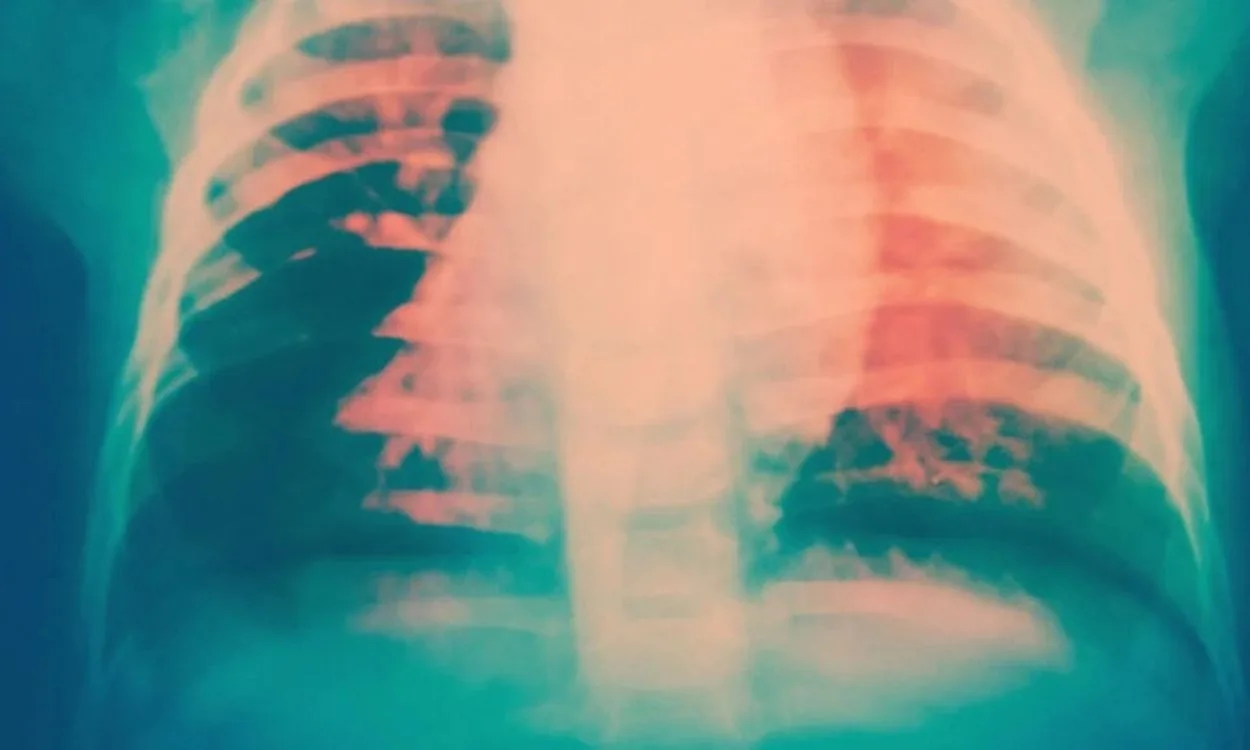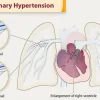How is pulmonary hypertension diagnosed?
Symptoms and medical history review
- The first step in diagnosing pulmonary hypertension involves a thorough review of the patient’s medical history, including any symptoms or risk factors related to the condition.
- Symptoms such as shortness of breath, fatigue, dizziness, chest pain, and fainting episodes are considered during this assessment.
Physical examination
- A comprehensive physical examination is conducted to check for any signs of pulmonary hypertension, such as enlarged heart, abnormal heart sounds, or abnormal lung sounds.
- The examination may also involve assessing the patient’s pulse, blood pressure, and oxygen saturation levels.
Diagnostic tests
- Echocardiogram: This non-invasive test uses sound waves to create a detailed image of the heart and its functioning, allowing the healthcare provider to assess the structure and function of the heart chambers and valves.
- Electrocardiogram (ECG or EKG): This test records the electrical activity of the heart and can help identify any abnormalities or signs of strain on the heart due to pulmonary hypertension.
- Chest X-ray: A chest X-ray can reveal the condition of the heart and lungs, providing valuable information for diagnosing pulmonary hypertension.
- Pulmonary function tests: These tests measure how well the lungs are functioning and can help identify any underlying lung conditions that may be contributing to pulmonary hypertension.
- Right heart catheterization: This invasive procedure involves inserting a catheter into the heart to measure the pressure in the pulmonary arteries directly, providing a definitive diagnosis of pulmonary hypertension.
Blood tests
- Blood tests may be performed to assess the levels of certain substances in the blood, such as brain natriuretic peptide (BNP) or N-terminal pro-B-type natriuretic peptide (NT-proBNP), which can indicate heart strain or failure.
Additional imaging
- CT scan or MRI: These imaging tests may be used to assess the structure and function of the heart and lungs in more detail, providing additional information for diagnosing pulmonary hypertension.
Exercise testing
- Exercise testing, such as a six-minute walk test, may be conducted to evaluate the patient’s exercise capacity and assess the severity of pulmonary hypertension.
Download the Fitpaa app for personalized health and fitness support
Personalized fitness planning
- Fitpaa app offers personalized fitness plans based on individual health and fitness goals, lifestyle, and food habits, ensuring a tailored approach to achieving overall wellness.
Comprehensive health and fitness team
- Users gain access to a team of fitness planners, fitness coaches, nutritionists, and doctors to support and guide them through their health and fitness journey, ensuring expert assistance at every step.
Scientifically designed Fitpaa Capsule
- The Fitpaa Capsule is a scientifically designed, all-in-one health and fitness plan consisting of a sustainable diet plan, a 360° workout plan, and a recovery plan, providing a holistic approach to achieving fitness goals.
Real-time guidance and motivation
- The Fitpaa app offers real-time guidance, habit-building techniques, and timely nudges from cognitive behavioral therapy to keep users motivated and on track toward their health and fitness goals.
Guaranteed results and lifelong validity
- Fitpaa’s goal-oriented services come with lifetime validity, ensuring that users achieve their health and fitness goals with a 100% guarantee, making it a trustworthy and reliable resource for lasting wellness.









